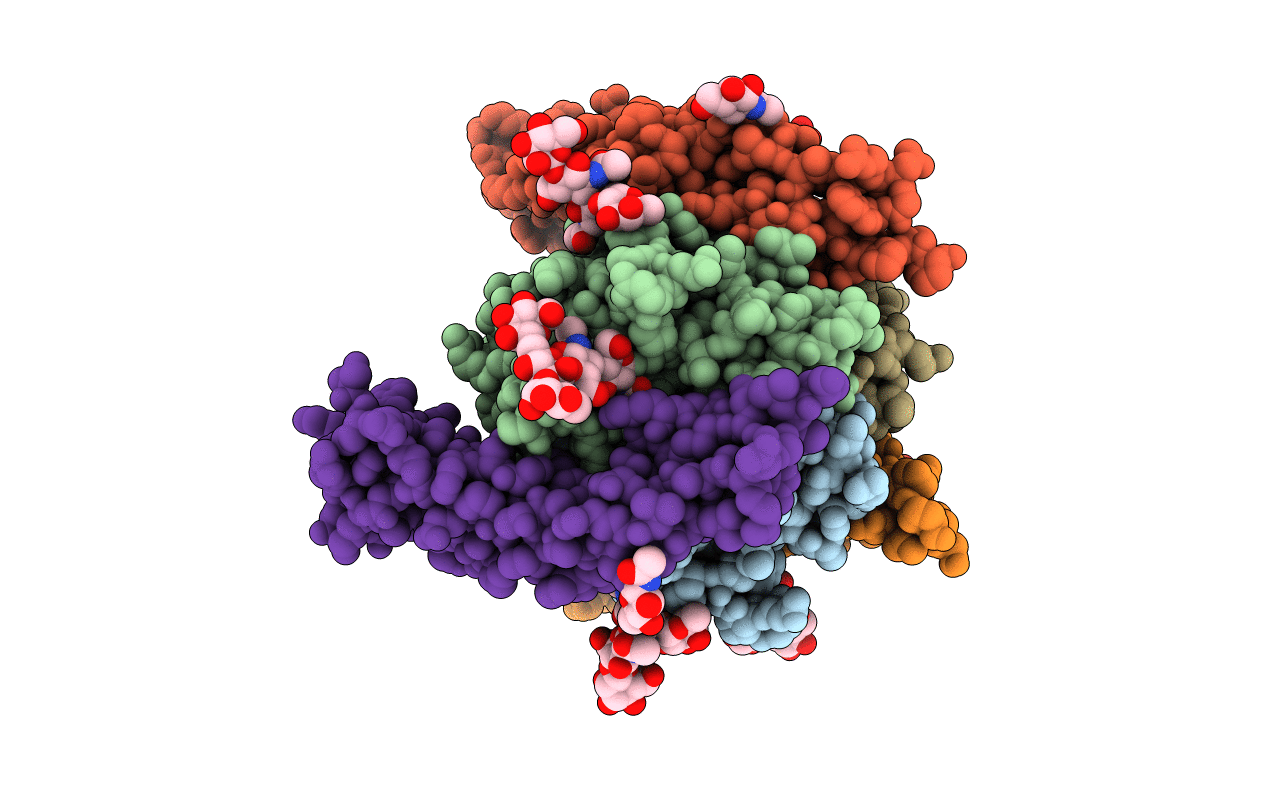
Deposition Date
2020-12-02
Release Date
2021-09-08
Last Version Date
2024-10-09
Entry Detail
PDB ID:
7KX0
Keywords:
Title:
Crystal structure of the CD27:CD70 co-stimulatory complex
Biological Source:
Source Organism:
Homo sapiens (Taxon ID: 9606)
Host Organism:
Method Details:
Experimental Method:
Resolution:
2.69 Å
R-Value Free:
0.23
R-Value Work:
0.20
R-Value Observed:
0.20
Space Group:
I 2 2 2


